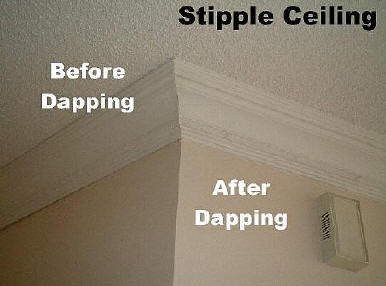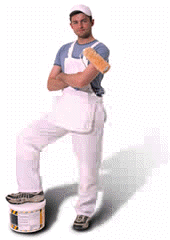- Non-Structural Column Wraps
- Structural Fiberglass Columns
- Cellular PVC
- Decorative Millwork
- T&G | Shiplap Planks
- Premier Shutters
- Outdoor Living
- Ceiling Beams
- Flexible Mouldings
- Interior Ceilings & Walls
- Wainscoting
- Clearance Items
Painting Tips
Tips For Painting Wainscoting & Mouldings
 Primed finish or priming refers to the preparation stage of the mouldings. All MDF products are required to be primed/painted with an industry-standard sealer that is referred to as primer. This sealer/primer penetrates and seals the MDF so that the finish coat of paint is applied with ease. Elite Trimworks guarantees that every piece of moulding is primed and ready for a finish coat of paint, an enormous time-saver over solid wood trims.
Primed finish or priming refers to the preparation stage of the mouldings. All MDF products are required to be primed/painted with an industry-standard sealer that is referred to as primer. This sealer/primer penetrates and seals the MDF so that the finish coat of paint is applied with ease. Elite Trimworks guarantees that every piece of moulding is primed and ready for a finish coat of paint, an enormous time-saver over solid wood trims.
All our cornice trim has a triple coating of high-grade primer which we apply in our factory. Although it looks great when installed, we do need to nail or "pin", (with a brad nailer). The holes are later dapped or caulked. We also re-prime all the exposed joints that have been sanded. Afterwards, we recommend painting with an eggshell paint.
 What is the best paint to use?
What is the best paint to use?
If you are painting casings, trims or baseboards it would be best to use a good durable and washable paint. In the case of cornice moulding, they don't have to be cleaned. By flat paint, we mean "eggshell" or "low sheen". The flatter finish the paint has, the better it hides brush strokes and other imperfections. As an added bonus, the flat paint gives the trim a soft, warm look, like plaster.
The other consideration is the sealing aspect. MDF, although much more stable than wood, is susceptible to changes in humidity. Especially in the case of a lakefront or oceanfront setting. It is recommended that you paint your cornice mouldings with an acrylic sealer. The paint experts say that all paints have a certain amount of acrylic, but the paint with the most acrylic in it is LATEX
We also recommend that you paint within 30 days after the trim is installed to reduce the possibility of shrinkage.
 |
Tips for Painting Wainscoting
We suggest that you use a high-quality, scrubbable, moisture-resistant paint for wainscoting applications.
Start by masking where the floor meets the wall with masking tape. Depending on your experience, you may also want to mask the top of the wainscoting as well.
When painting wainscoting or beadboard start downwards the top rail and cap first and then the bottom rail and shoe trim. Paint only 2 or 3 feet of wainscot at a time. Examine the surface for drips, spatters, and overlapped edges, and clean them up immediately. Do not wait until the entire project is painted or the paint flaws will have already set.
Next, paint the panels and the stiles around them. Paint tends to collect in the corners of these panels, so your brush strokes should be toward the center of the panel. On the raised surfaces around and between panels, work from the top down, and use up-and-down strokes on the verticals, back-and-forth strokes on the horizontals. After that, you can fill the unpainted space with long brush strokes.





